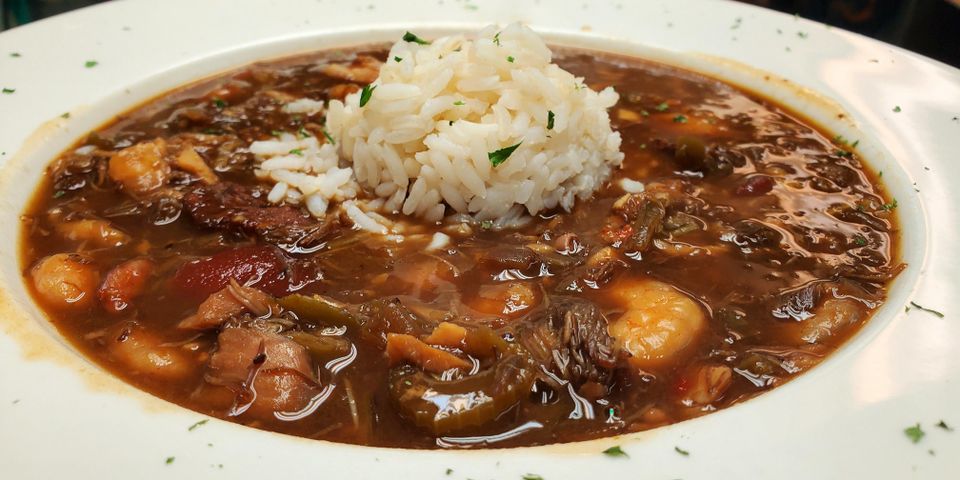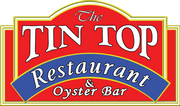
Gumbo is a hearty stew that combines fresh vegetables with the thick meatiness of crab, shrimp, or another protein. This dish has become a cultural staple in the South and is often served with rice. If you’re curious about the origins of gumbo, the following guide will explain how it came to be so popular.
The Origins of Gumbo
European Influence
 Settlers to this region of the country were mainly French and Spanish. French cuisine uses a roux, which is a flour-based thickener, to create most of their soups, stews, and sauces. Spanish cuisine uses what they call a “Holy Trinity” of bell peppers, onion, and celery. Legend has it that the blending of these two cultures is what gave gumbo its start and made it one of the most popular meals of the South.
Settlers to this region of the country were mainly French and Spanish. French cuisine uses a roux, which is a flour-based thickener, to create most of their soups, stews, and sauces. Spanish cuisine uses what they call a “Holy Trinity” of bell peppers, onion, and celery. Legend has it that the blending of these two cultures is what gave gumbo its start and made it one of the most popular meals of the South.
Native American Flavoring
Due to their close proximity to the region, influences from the Chocktaw tribe have also made their way into the dish. These people lived completely off of the land, harvesting local herbs and drying them until they could be ground down into a fine powder. This technique was used for sassafras leaves, which are known to have an earthy flavor with hints of anise, root beer, and lemon, and add considerable flavor to this stew.
Modern Day Appeal
It was the rise of the fishing industry in Louisiana and Alabama that introduced the seafood aspect of the dish. The high populations of crab, shrimp, and other types of shellfish made them popular, which established gumbo as the dish of the region. Today, cooks use an assortment of chicken, sausage, crab, and vegetables to fill out the flavors and create a hearty meal that everyone can enjoy.
If you’re looking to indulge in a fresh, hot bowl of gumbo, stop by Tin Top Restaurant & Oyster Bar in Bon Secour, AL. This locally owned seafood restaurant has been in business since 2004 and serves up a vast selection of southern cuisine. Call (251) 949-5086 if you need directions. The Tin Top is off the beaten path but worth the drive! Visit their website to look at the menu.
About the Business
Have a question? Ask the experts!
Send your question

